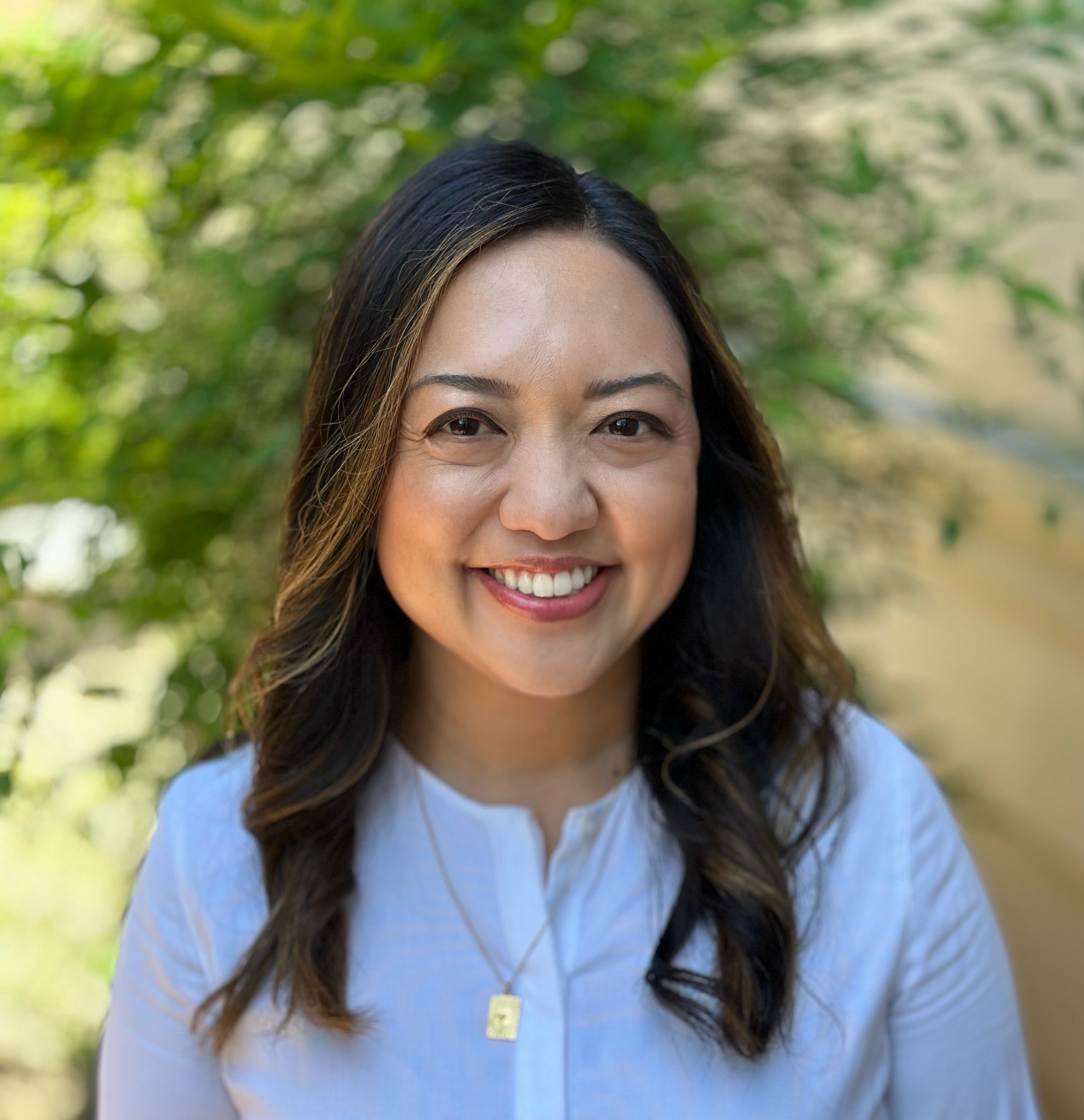Is this really the Golden Age, or will markets face rough waters up ahead?
This summer, Institutional Investor and Crescent Capital hosted a private credit webinar to discuss the state of the alternative asset. Led by Christopher Wang, Managing Director at the global alternative investment firm based in Los Angeles, the one-hour, virtual event attracted more than 60 allocators on fintech platform Clade(www.clade.co).
Gary Gipkhin, Director of Investments at StepStone Group, moderated the panel, which included three panelists: Matt Meads, Director of Public and Private Debt at Hershey Trust Company; Amit Thanki, Senior Investment Officer at the San Bernardino County Employees' Retirement Association; and Eunice McHugh, Director, Private Credit at the San Francisco Employees' Retirement System. At StepStone, which oversees $700 billion in total capital responsibility, Gipkhin laid the context for discussion of the asset class, examining it across multiple market cycles: “Over the past decade, the number of GPs providing private credit has more than doubled, and the number of specialized private credit strategies has multiplied, as well. Is this really the Golden Age, or will markets face rough waters up ahead? In light of market volatility and elevated interest costs, which private credit strategies will be most successful in the current market environment? Do you believe that investing in private credit abroad involves taking on more risk compared to domestic investments.” The virtual reaction to, and definition of private credit as an asset class, was mixed, within panelists’ shifting observations of the current investment environment and their portfolios’ needs and market expectations. Here are some brief takeaways from the panelists, based on their history, outlook, and strategy:
 Christopher Wang, Managing Director, Crescent Capital Group
Christopher Wang, Managing Director, Crescent Capital Group
“Crescent is a $43 billion alternative asset manager focused on corporate credit, with a track record spanning more than three decades of market cycles. We established our first direct lending strategy in 1992. Most people are surprised to learn that private credit has been around for over 30 years since most managers in the space were only founded after the GFC.
When you look at private credit today, senior secured debt is generating a low-teens yield in conservative capital structures with loan-to-values in the 30’s and 40’s and documentation that can be a lot better than the syndicated markets; structurally, it’s an attractive asset class. At the same time, we’re in a high interest rate environment, and those attractive yields are coming from the underlying cash flows of portfolio companies, many of which were underwritten and structured for a zero-interest rate environment. We expect more defaults and more restructurings in the future with manager selection being more important than ever; a lot of managers in the market today have never been through a cycle and may find that their underwriting was lax with their documents looking a little more like Swiss cheese than what they thought they were getting. When you go outside the U.S., you must understand creditor rights and protections and look for a manager with a long track record in that jurisdiction; similar to investing in the U.S., you want a manager that has made it through a cycle or two. Understanding the ability to invest through cycles, including staying disciplined, enforcing covenants, and managing workouts, is key.”
 Matt Meads, Director of Public and Private Debt, Hershey Trust Company
Matt Meads, Director of Public and Private Debt, Hershey Trust Company
“Talk of the Golden Age of Credit has died down, but as an income focused investor we remain bullish on the asset class long term. Although spreads have tightened recently total yields remain well above historical levels for senior debt which is highly additive to our goal of supporting the school’s budget.
Beyond senior direct lending which is where I think most LPs first get introduced to private credit, the endowment is focused on diversifying its portfolio across less correlated strategies such as asset-based lending, healthcare royalties and real estate debt. Today, the team has found the asset-based lending space particularly attractive given the total return and collateral backed nature of loans which have historically resulted in high recovery rates in the event of default. Geographically, the private credit portfolio is invested primarily in the US, but we continue to evaluate private credit opportunities in developed markets, particularly Europe.”
 Amit Thanki, Senior Investment Officer, San Bernardino County Employees' Retirement Association
Amit Thanki, Senior Investment Officer, San Bernardino County Employees' Retirement Association
“As a generalist asset allocator, I focus on opportunities across private and liquid credit. We did our first direct lending investment, the flavor back then of private credit, in 2008. Not sure if it Is a GP or an LP that coined the current credit environment as the “Golden Age”? In my view the GPs will do well and for the LPs, it’s a wait and see (results).
The biggest opportunity in credit is the breadth of private credit offering today and it’s no longer just direct lending. Going into private markets, investors expect a premium for illiquidity. At SBCERA, we have formulated our governance, our asset allocation, and decision making to be more flexible to take advantage of the changing nature of credit opportunities The attractiveness of investing in non-US markets is primarily driven by capital formation and interest rate regimes in various parts of the world. Currently, Europe is more attractive than the U.S. because capital formation has been weaker.
 Eunice McHugh, Director, Private Credit, San Francisco Employees' Retirement System
Eunice McHugh, Director, Private Credit, San Francisco Employees' Retirement System
“SFERS is a $35 billion public pension plan with a 10% dedicated allocation to private credit. We began investing in private credit initially through our fixed income portfolio and formally spun it out in late 2017. Our program is comprised of a broad range of strategies including direct lending, asset-based lending, opportunistic, and distressed among others. With respect to the current environment, we have some concerns including waning interest coverage and potential rising defaults. However, investors should remember vintage year diversification and stay disciplined about deploying capital especially in what now appears to be a period of more attractive vintages for credit. Investors can look to private credit to provide higher returns relative to public fixed income as well as diversification and capital preservation to other private market asset classes and the overall portfolio. Allocations to private credit should consider where the allocation is being funded from, as well as the role it is expected to play in the overall portfolio. Finally, with respect to geographic diversification, there are other risk factors you must consider when investing abroad including FX risk and jurisdictional risk especially in the more emerging markets. We do expect to earn a premium for such investments, and they also must stand attractive on their own relative to other opportunities we consider in the U.S.; that said, we do believe in portfolio construction and these investments can provide attractive diversification to a portfolio.
To discuss the content of this article, further engage, or gain access to like content Join The Conversation Here
